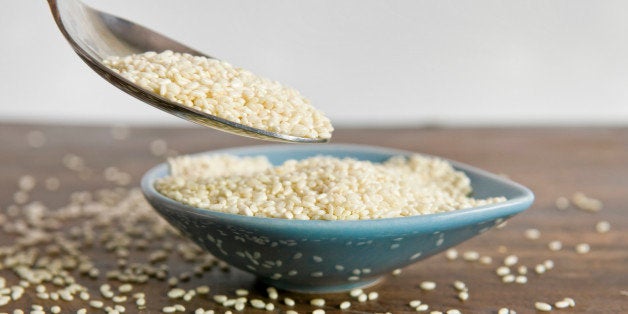
"What the f*ck is a sesame? It's a street...it's a way to open sh*t!" Mitch Hedberg famously said. Hedberg was on to something. We see sesame seeds everywhere: On hamburger buns and bagels, in za'atar, if you're up on your Middle Eastern condiments, and on the sesame chicken you order from your neighborhood American Chinese restaurant. But does anyone know what sesame seeds really area and where they come from? And, as Hedberg rightly asked, "how's a sesame seed stick to a bun? That's f*ckin' magical! There's got to be some sesame seed glue out there! Either that, or they're adhesive on one side." Not ones to rely on magic, we at HuffPost Taste decided to investigate sesame seeds, so you wouldn't have to. Here's what you need to know:
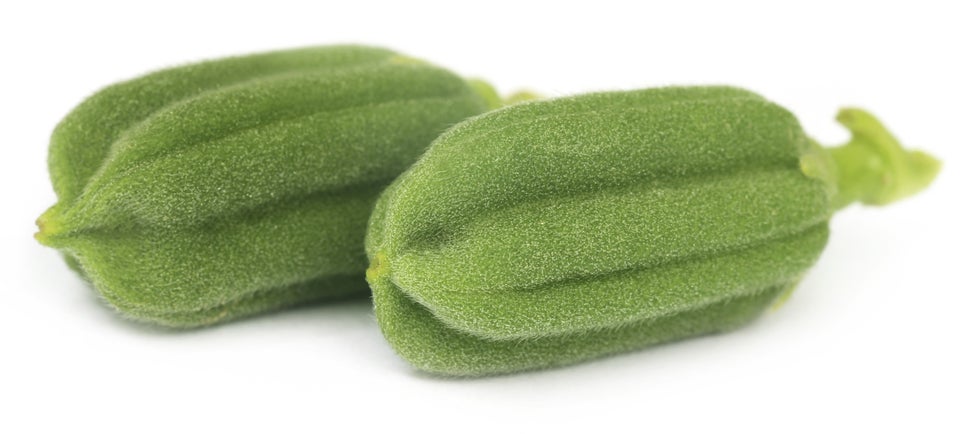
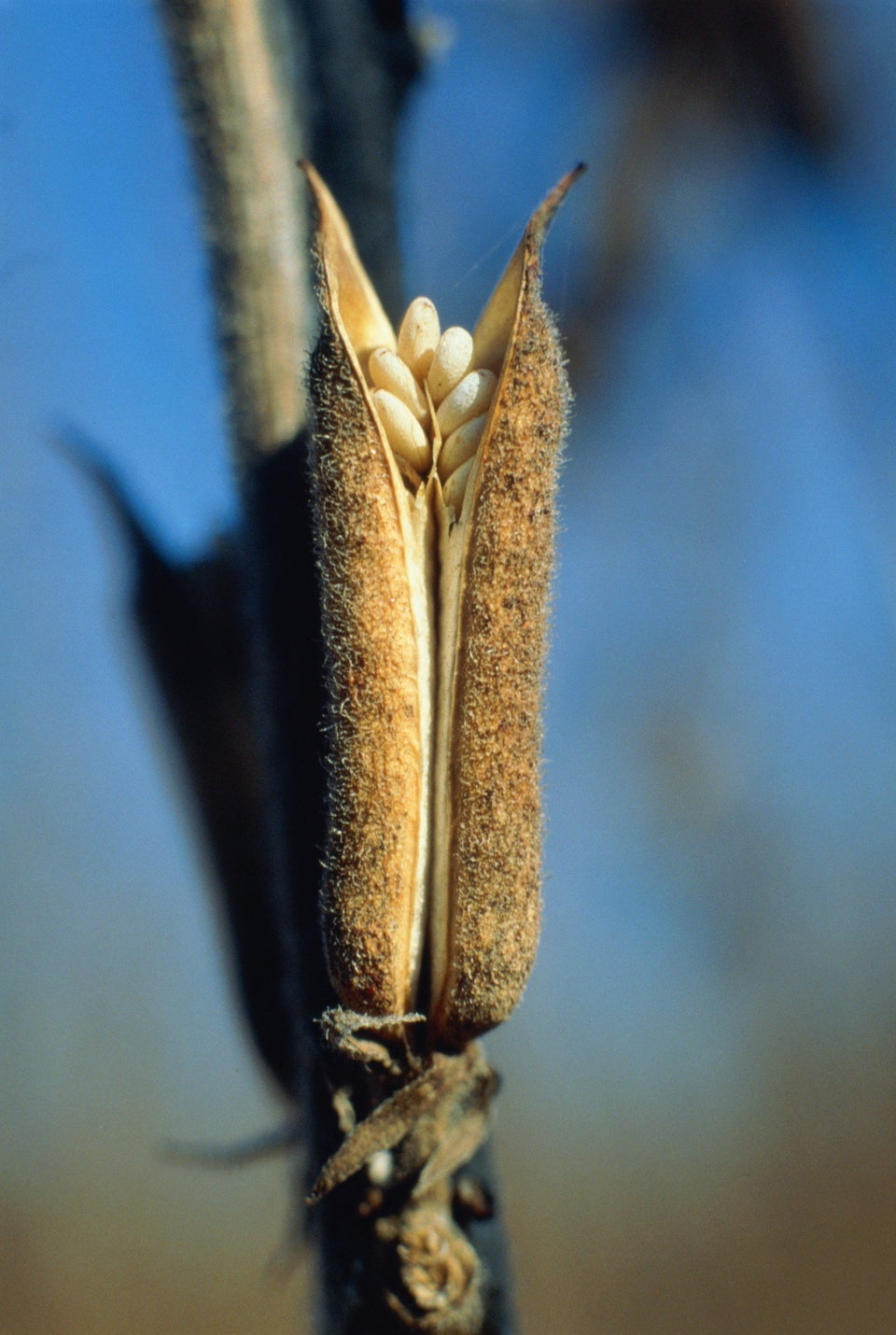

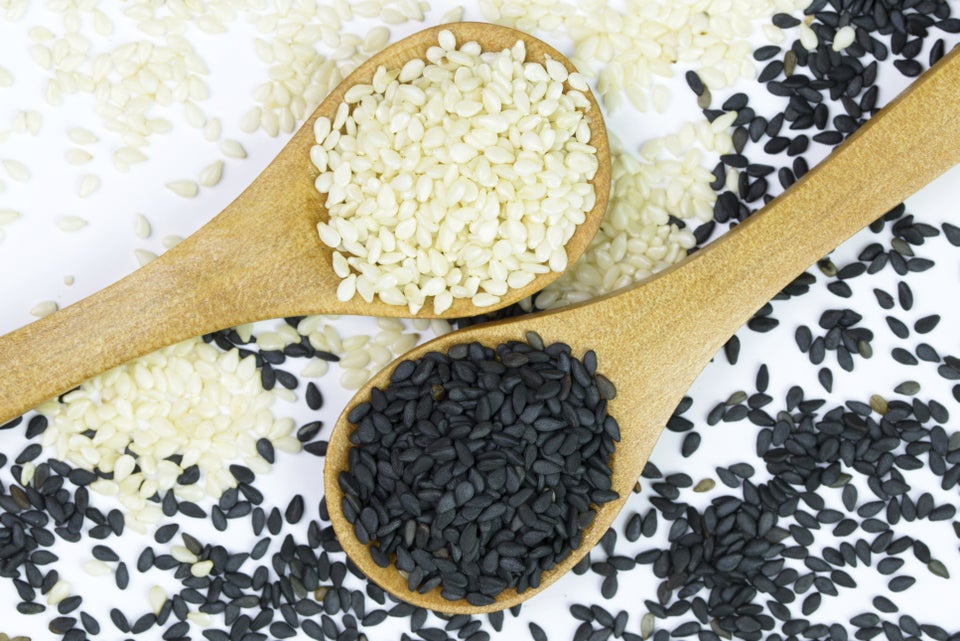
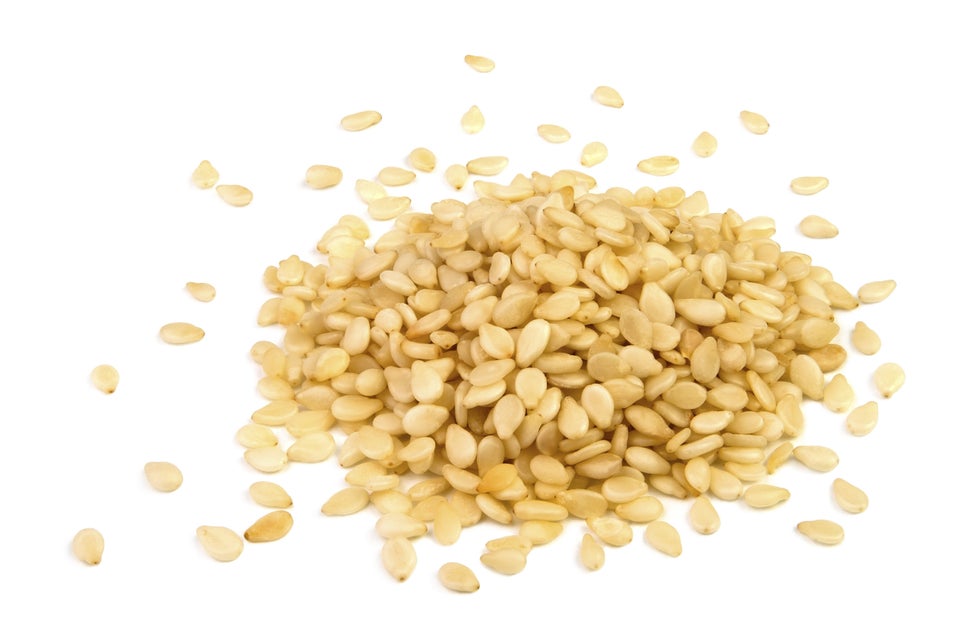
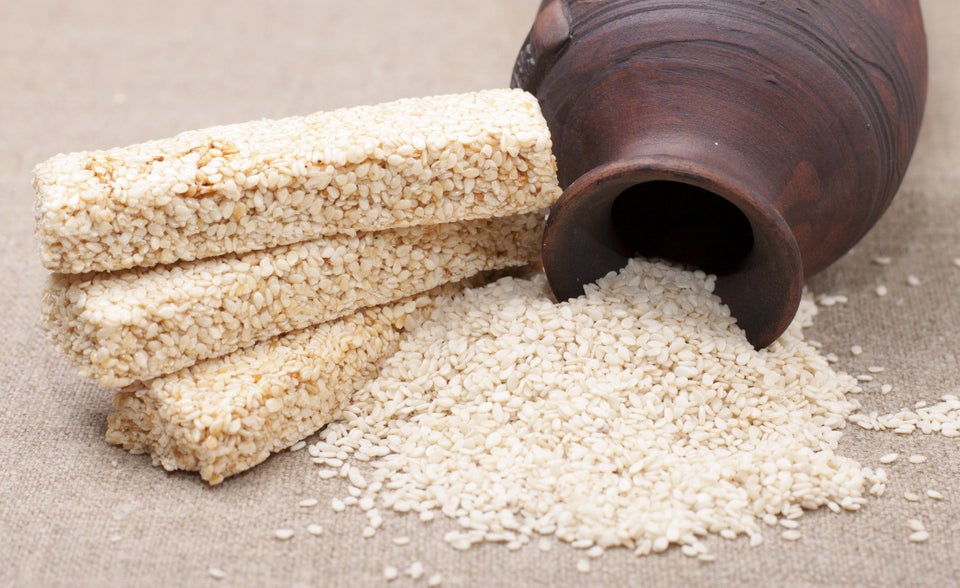
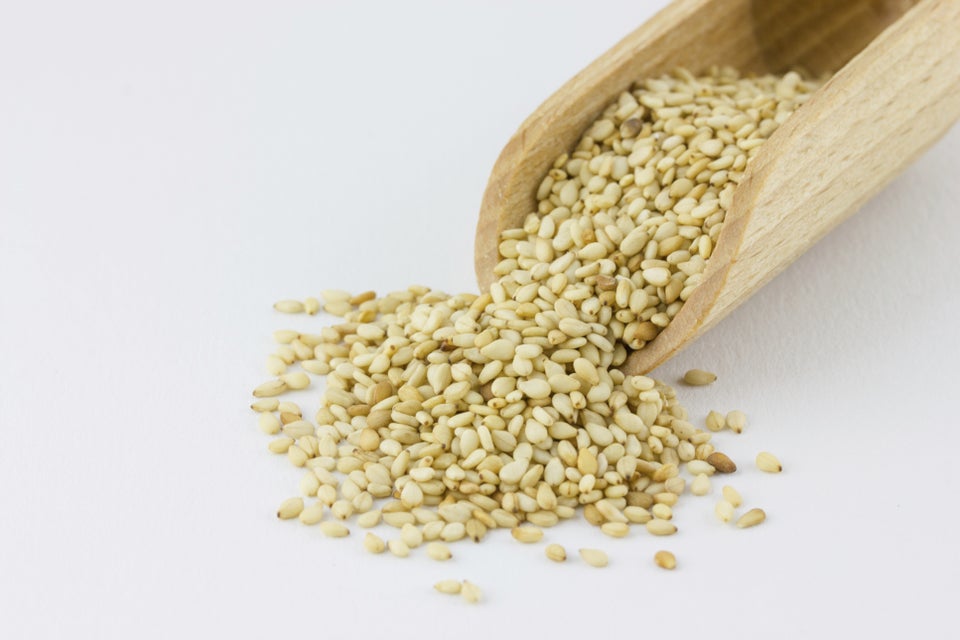
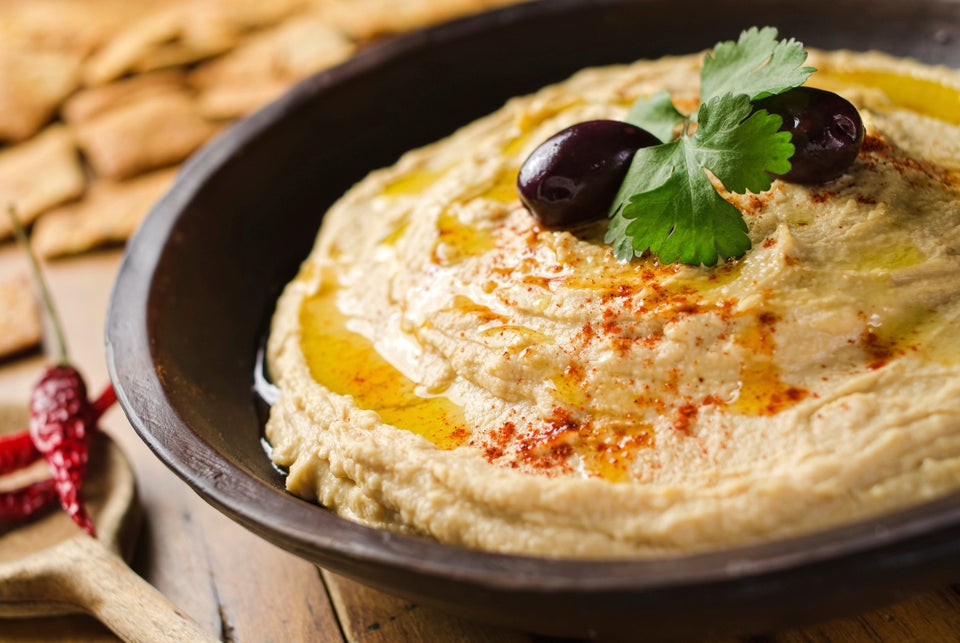
Correction: This article originally said that sesame oil has the good kind of cholesterol, when in fact sesame oil contains the good kind of fat: mono- and polyunsaturated acids, which are the fats that cut cholesterol.